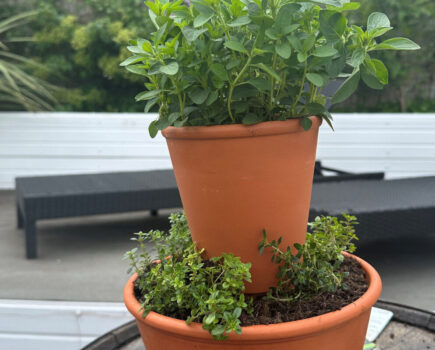The RHS experts offer easy ways to help the planet and yourself in the process
1. Plant a tree
Trees are brilliant at drawing down carbon from the atmosphere.
If all 30 million UK gardeners planted a medium-sized tree in their community, school, workplace or garden and nurtured it to maturity, they would store enough carbon equivalent to drive you more than 11 million times around our planet.
2. Water the way nature intended
Switch from mains to rains in your garden to save carbon.
Use a water butt containing water that falls onto your roof instead of turning on a tap from the mains supply, or use a watering can instead of a hosepipe. So far 6.6 million litres of water have been pledged to save on the RHS mains2rains website, equivalent to taking 82,385 baths – saving enough carbon equivalent to charge 1.3 million smartphones.
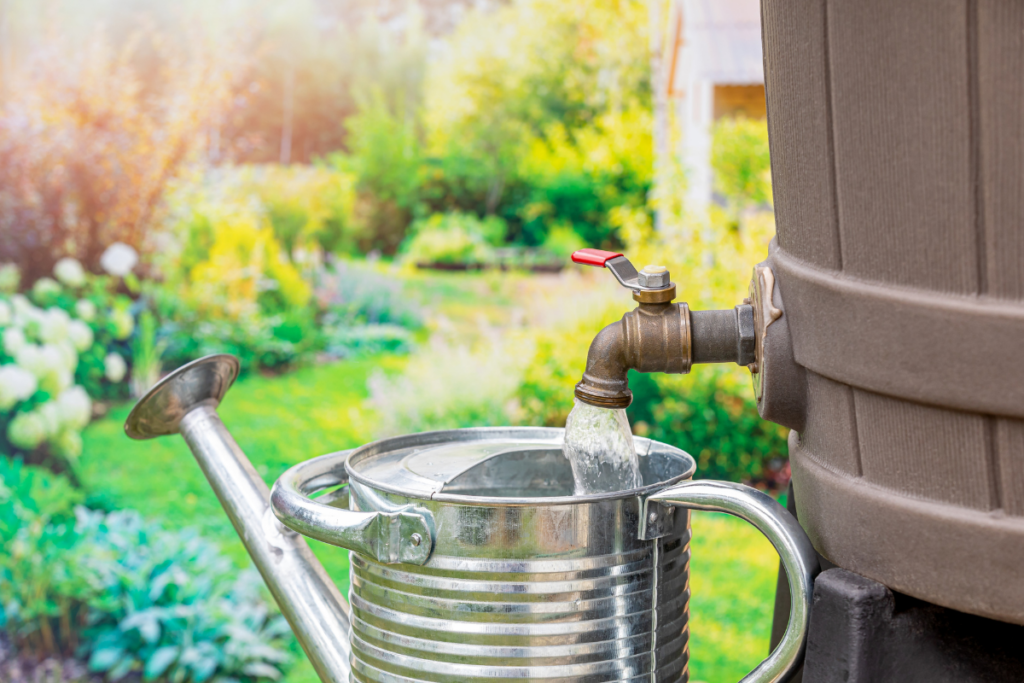
3. Go peat-free
Peatlands are the world’s largest carbon store on land. They provide valuable ecosystems for plants and animals and act like sponges, reducing the risk of flooding.
When we take peat for our gardens, carbon is released and habitats are damaged. Keeping peat in bogs – not bags – is a crucial part of the fight against climate change. Our planet’s billions of acres of peat hold more carbon than all the world’s forests combined.

4. Make your own compost
Carbon saving quantities linked to home composting (as opposed to buying bagged retail compost) are equivalent to 1.85 miles (driven by average car) saved per kg of home compost made.
Every 1kg of homemade compost typically saves over 0.1kg fossil CO2 emissions, which could save more than 5.1 kg carbon, per gardener, every year.
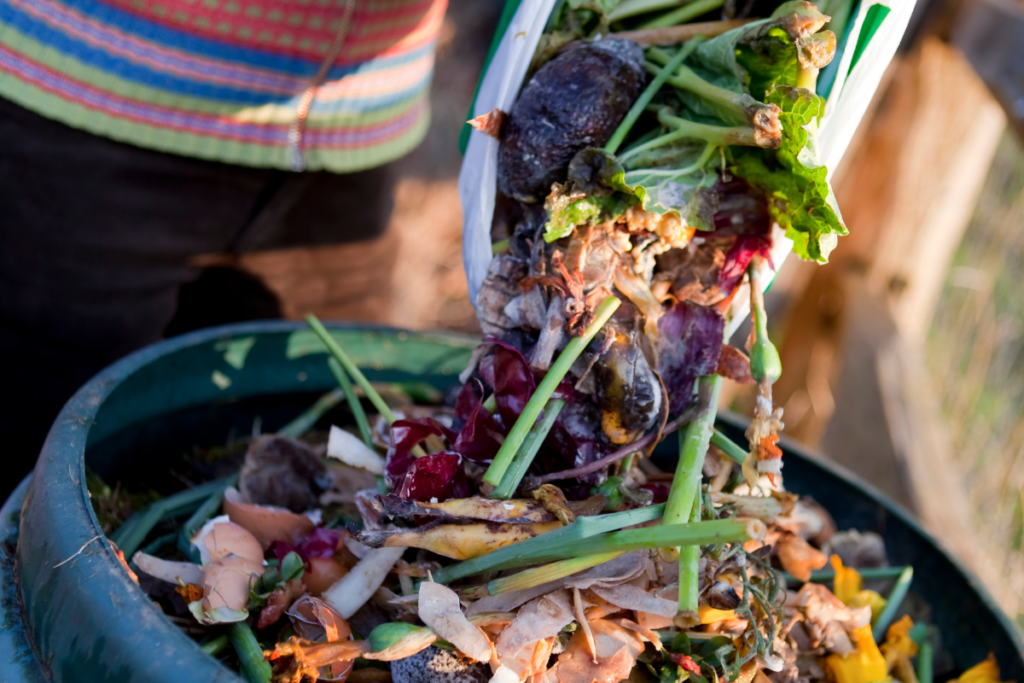
5. Pull up a paving slab
Garden soils and perennial plantings play an important role in storing carbon.
If 30 million gardeners pulled up a paver and planted 1m² of perennial plants (either herbaceous, shrubs or trees) in their community, school, workplace or garden and allowed it to develop to maturity, depending on the plants grown this would be equivalent to heating between 86,000 to more than one million homes for a year!

6. Plants for pollinators
Pollinators need our help. Loss of habitat is one of the main reasons why we see fewer bees, butterflies and other insects visiting our gardens.
Help slow and reverse the declines in bees, butterflies, moths, hoverflies and other pollinators by growing a wide variety of plants including a mixture of native, near-native and exotic plants to support pollinator diversity.
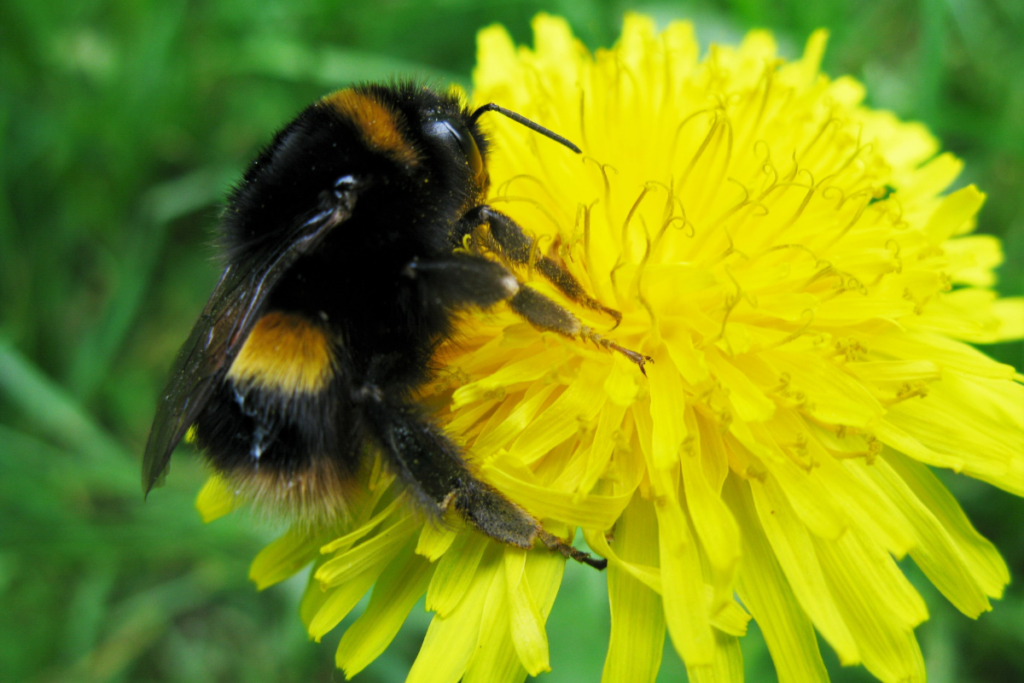
7. Grow your own bunch of flowers
Some imported flowers have up to 10 x the carbon footprint of home or UK-grown bouquets.
Growing or buying UK-grown cut flowers can save up to 7.9kg carbon per bunch compared with buying some imported bunches.
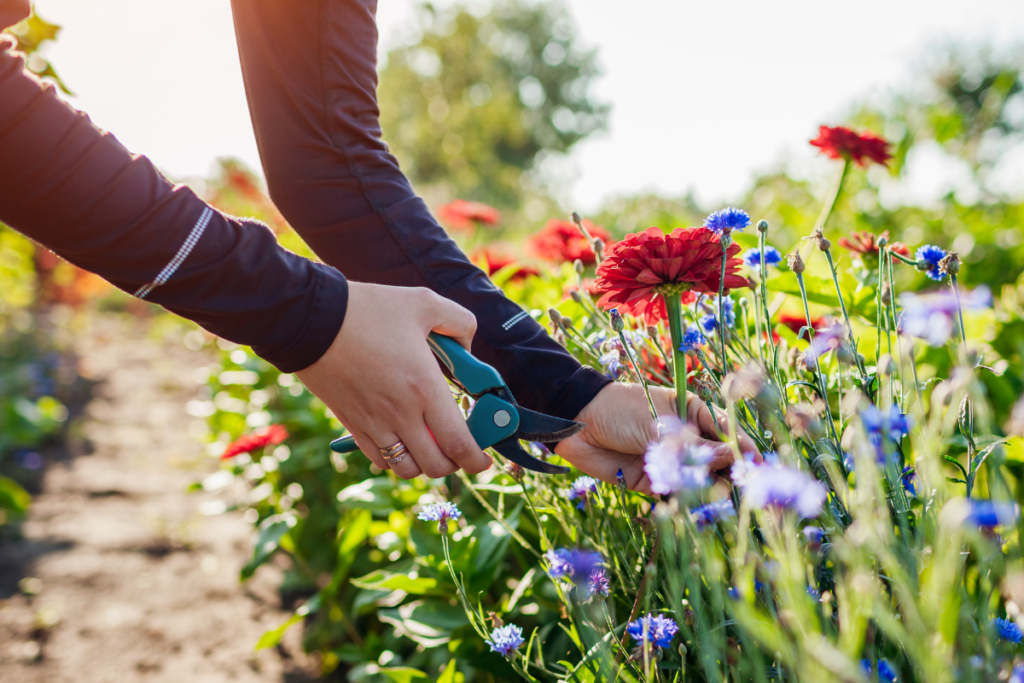
8. Electrify your garden
An average petrol power tool emits 0.848 kg carbon per litre of petrol used. It’s not only carbon, they emit harmful particulate and noise pollution too.
If the 21% of UK gardeners who use power tools switched from fossil fuel to green energy electric-powered tools, it would save enough carbon equivalent to drive around the planet 29,820 times.

9. Help map UK plant biodiversity
Consider adding your garden plants to RHS My Garden online, helping to conserve and grow this important biodiversity now and for future generations. So far we have 122,000 users who have added 2.4 million plants consisting of 77,600 different types of cultivated plants.
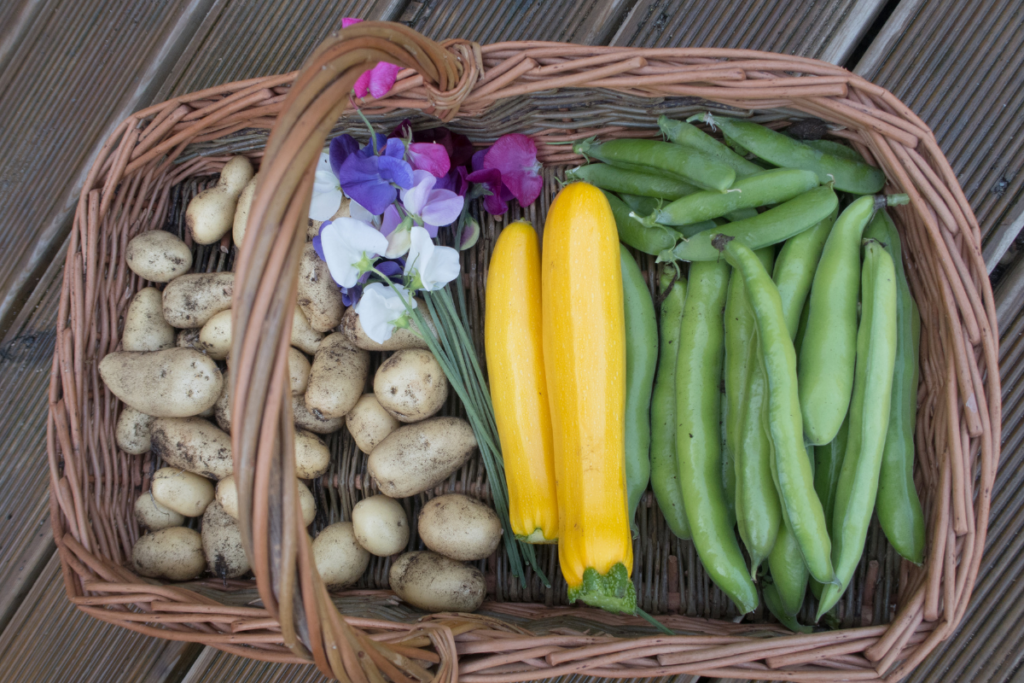
10. Eat more home-grown, UK, local and seasonal fruit and vegetables.
Buying locally sourced and home-grown produce can save significant amounts of greenhouse gas emissions.
Eat more home-grown UK, local and seasonal fruit and vegetables from local sources or from your own garden or allotment. Growing at home allows you to choose not to use pesticides another plus for the planet.
Find more tips, advice and articles like this at the Amateur Gardening website. Subscribe to Amateur Gardening magazine now


